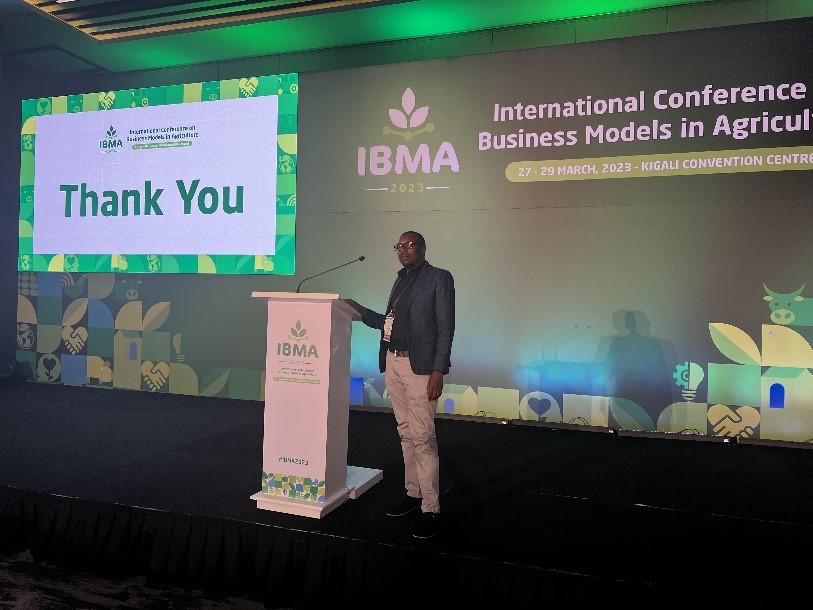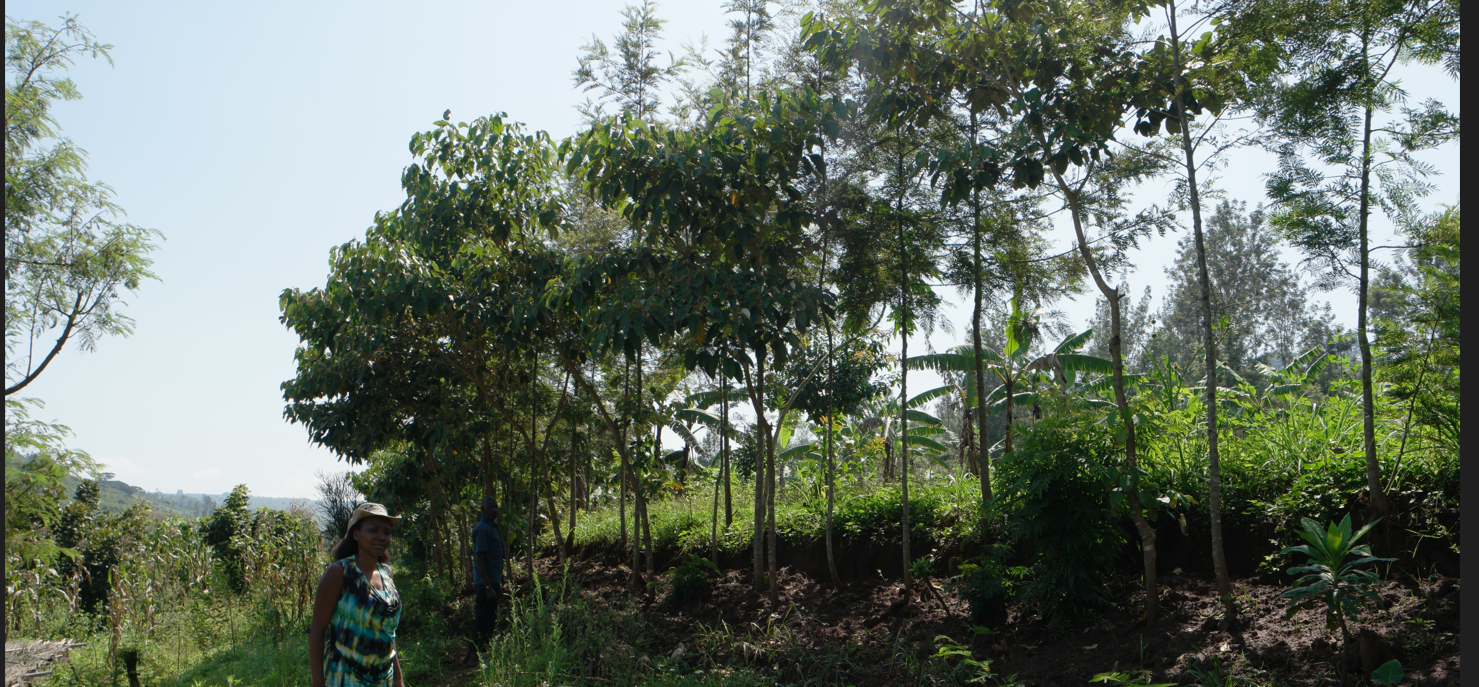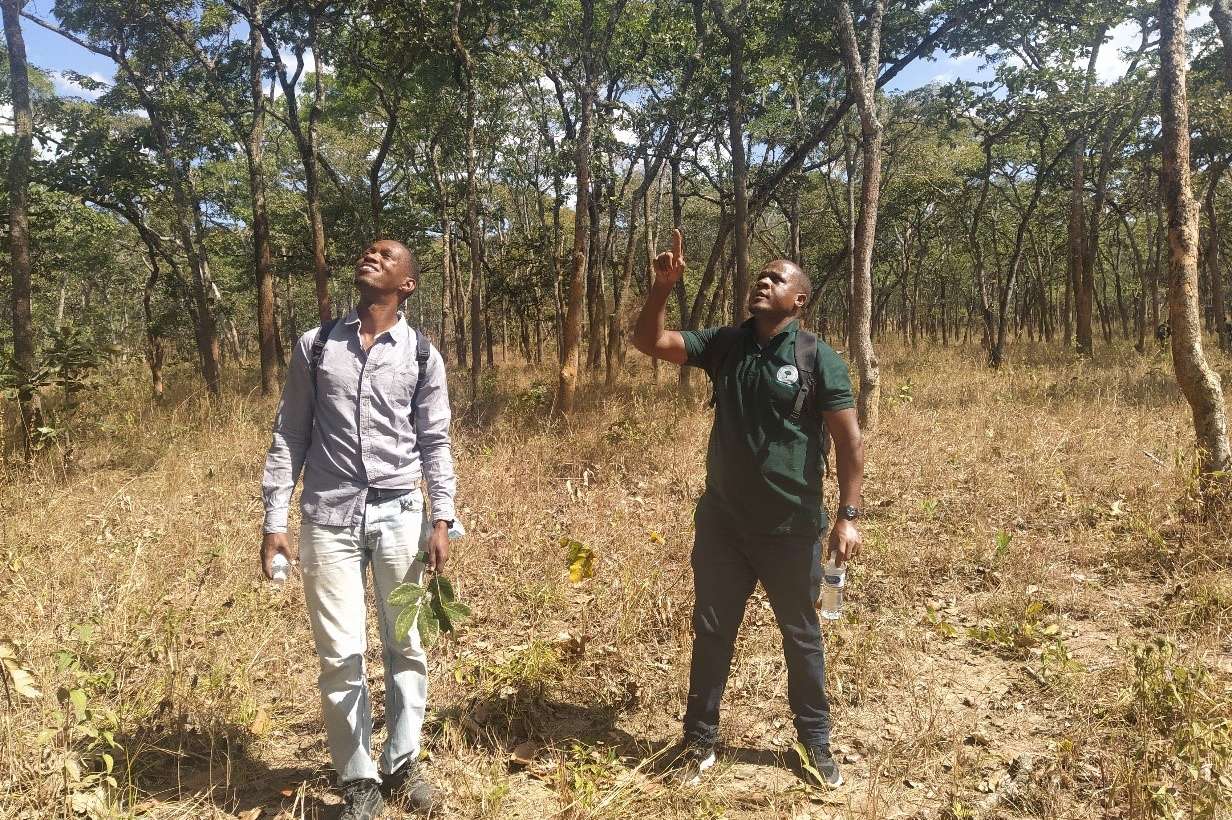In developing countries, most people rely on tree biomass for cooking energy. In Rwanda, about 91% of households use tree biomass for cooking (MININFRA, 2018). However, due to the increased population, forests are becoming an unsustainable source of tree biomass. Furthermore, it is impossible to expand the forest areas to meet the fuelwood demand due to land scarcity, which indicates a need for integrating trees into the agricultural landscape for fuelwood supply and other ecosystem services.
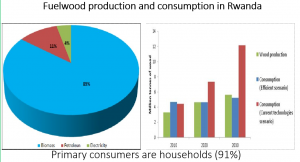
Elias Nelly BAPFAKURERA, a Ph.D student in Forest Sciences at the Sokoine University of Agriculture under the Reforest program, participated in the International Conference on Business Models in Agriculture (IBMA) 2023-Kigali Rwanda. This conference was the first of its kind and represented an incredible milestone in the history of agriculture, non-developed economies, and their farmers.

Elias Nelly presented his review paper linked to his Ph.D. study on “The bioenergy perspective in Rwanda: the potential of tree-based system (TBS) in the agricultural landscape for fuelwood supply.” under the theme 9: Agroforestry and Fisheries subsector and their contributions in transforming Africa’s economy.

The agriculture landscape’s trees-based systems ( TBS) include woodlots, contour hedgerows, home gardens, boundary-planted trees, and mixed cropping. Tree-based System practices vary widely, generally linked to economic and environmental benefits and maximizing the productivity of smallholder agricultural land.
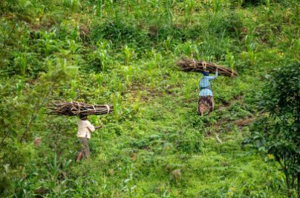
The integration of trees in the agricultural landscape increases land productivity, reduces pressure on forest areas by supplying fuelwood, and improves the well-being of rural households by reducing the distance traveled and the amount of time spent collecting fuelwood.
Some recommendations have been mentioned in his presentation, including but not limited as follow :
- The biomass for fuelwood from TBS in the agricultural landscape is more abundant than that in forest plantations due to its fast-growing and fast coppices,
- Increasing TBS is essential for the conservation of forests and increasing tree and woodlot cover,
- More investment in TBS development would be required where an agricultural landscape has less tree cover.
- Enhancing a sustainable energy supply is more likely to succeed if extension services account for the promotion of the TBS adapted to local conditions.
- In this way, TBS can significantly contribute to the balance between fuelwood demand and supply only if their productivity is increased through tree species choice and quality management practices (e.g., pruning, pollarding, and lopping).
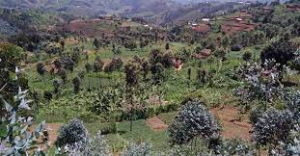
Elias Nelly BAPFAKURERA
Ph.D. student in Forest Sciences under the REFOREST Programme
Department of Ecosystems and Conservation
Sokoine University of Agriculture (SUA)
Contacts: E- eliasnelly1@gmmail.com; mobile :0788437949
Supervisors
Dr. Charles J. Kilawe (Sokoine University of Agriculture)
Prof. Gert Nyberg (SWEDISH University of Agriculture
Prof. Jean Nduwamungu (University of Rwanda)


